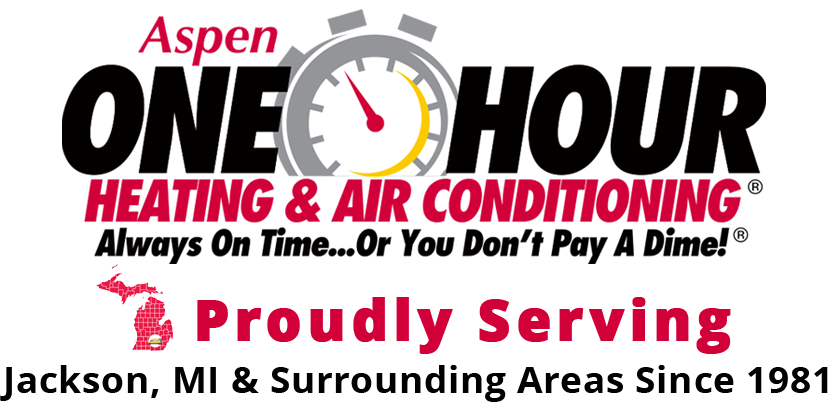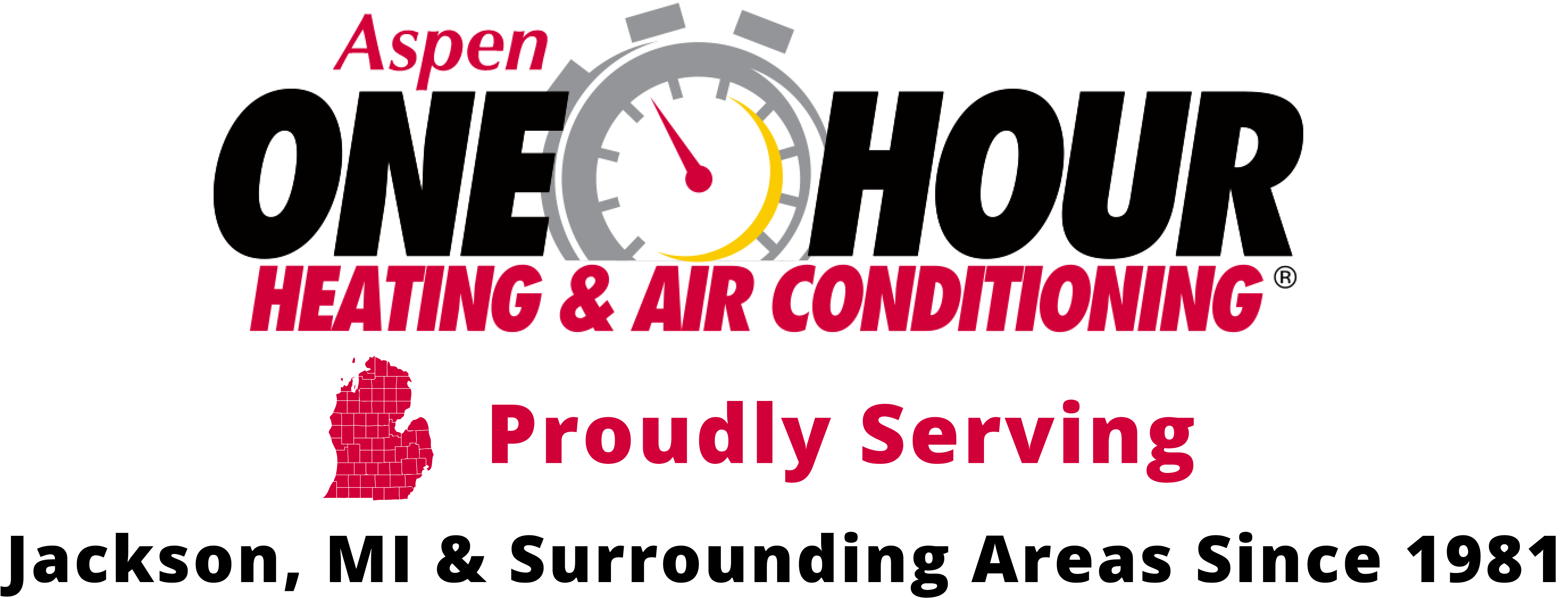When the summer heat in Michigan is at its peak, your air conditioner becomes more than a luxury—it’s a necessity. But what happens when your AC runs constantly, and your home still doesn’t feel cool and comfortable? One possible cause could be an undersized air conditioning unit.
An undersized AC might seem like a small issue, but it can have a big impact. From energy inefficiency to poor comfort levels, an improperly sized system struggles to keep up with demand, especially during the hot and humid Midwest summer. In this blog, we’ll break down the signs your AC might be too small, why proper sizing matters, and what to do if you suspect your system isn’t up to the task.
Why AC Size Matters
Before we dive into symptoms, it’s important to understand the basics of air conditioner sizing. An AC unit’s capacity is measured in BTUs (British Thermal Units) or tons, which indicate how much heat it can remove from your home in an hour. If the unit is too small for your home’s square footage and cooling needs, it will:
- Run continuously without reaching the target temperature
- Struggle to remove humidity effectively
- Wear out more quickly from overuse
Common Signs Your AC Might Be Too Small
1. Your AC Runs Constantly
One of the most obvious signs is an air conditioner that never stops running. If your system is constantly working but still not reaching the set temperature, it may not have the capacity to cool your home.
Short cycling (turning on and off rapidly) is a sign of an oversized system, but long, never-ending cycles often point to a unit that’s too small.
2. Your Home Never Feels Cool Enough
Even after hours of operation, does your home still feel warm or uncomfortable? This could be because your AC is struggling to match the heat load. Rooms farthest from the unit or exposed to direct sunlight may feel especially hot.
3. Uneven Temperatures from Room to Room
Undersized systems often can’t distribute cool air evenly. If some areas of your home are noticeably warmer than others, especially on upper floors or in sun-drenched rooms, your unit might be undersized.
4. High Humidity Levels Indoors
Air conditioners don’t just cool the air—they also remove humidity. If your home feels damp or sticky, even with the AC running, your system may be too small to adequately dehumidify.
High indoor humidity can lead to mold growth, discomfort, and indoor air quality issues, especially during Michigan’s humid summer months.
5. Spike in Energy Bills
An overworked AC uses more electricity. If your energy bills are climbing without a noticeable improvement in comfort, an undersized unit could be the culprit. The constant effort to cool the home leads to inefficiency and higher costs.
6. AC System Needs Frequent Repairs
Excessive strain on your unit can lead to frequent breakdowns. If your system is constantly being serviced or needs repeated repairs during summer, it may be because it’s overworking due to insufficient capacity.
7. The System Is New but Still Struggles
If you recently installed a new air conditioner and you’re still experiencing these issues, it may have been improperly sized from the beginning. Sizing isn’t just about square footage—factors like ceiling height, insulation, window size, sun exposure, and occupancy all play a role.
What Causes an AC to Be Undersized?
Improper sizing usually results from:
- Poor load calculation: Contractors skipping the proper Manual J load calculation and using rough estimates instead.
- Budget decisions: Choosing a smaller unit to save on upfront costs.
- Home additions or remodels: If you’ve added square footage to your home (like finishing a basement or adding a sunroom), your old AC might not be able to keep up.
- Ductwork limitations: Sometimes the existing ductwork limits the size of the unit that can be installed.
How AC Sizing Is Determined
Sizing an AC correctly involves a detailed Manual J load calculation, which considers:
- Square footage
- Insulation levels
- Window type and orientation
- Air leakage
- Number of occupants
- Internal heat gains (appliances, electronics)
- Local climate
For example, Michigan homes must account for seasonal humidity and fluctuating temperatures. A qualified HVAC contractor will take all of this into account to recommend the correct AC size.
Why You Shouldn’t Just Buy a Bigger Unit
If your system is too small, the natural thought is to go bigger. But bigger isn’t always better. An oversized system can lead to its own set of problems:
- Short cycling: The unit cools too quickly and shuts off before completing a full cycle.
- Poor humidity control: Fast cooling doesn’t allow time to dehumidify properly.
- Increased wear and tear: Frequent cycling leads to mechanical strain and premature failure.
- Higher installation cost: Bigger units are more expensive and may require ductwork modifications.
That’s why accurate sizing is so critical. The goal is a properly matched system that runs efficiently and maintains comfort without waste or wear.
What to Do If Your AC Is Too Small
If you suspect your air conditioner is undersized, here’s what to do next:
1. Schedule a Professional HVAC Assessment
Have a licensed HVAC technician inspect your system and perform a Manual J load calculation. This will confirm whether your current system is undersized and help determine the correct size for your home.
2. Consider Supplementing with a Ductless Mini-Split
If a full replacement isn’t feasible, you might consider adding a ductless mini-split to specific rooms or areas. These units provide additional cooling capacity where it’s needed most and can help relieve stress on your central AC.
3. Improve Home Efficiency
Before upgrading your AC, take steps to reduce your home’s cooling load:
- Seal air leaks
- Add insulation
- Install reflective window film or blackout curtains
- Use ceiling fans to assist circulation
A better-insulated and sealed home requires less cooling power and might allow your current unit to perform more effectively.
4. Upgrade Your Air Conditioner
If your system is significantly undersized or struggling despite other improvements, it may be time for a replacement. Make sure your HVAC provider uses proper sizing calculations and considers all home and climate factors before recommending a new unit.
Benefits of a Properly Sized AC System
When your air conditioner is sized correctly for your home, you can expect:
- Consistent Comfort: Even temperatures and reduced hot spots
- Efficient Cooling: Lower energy usage and reduced utility bills
- Improved Air Quality: Better dehumidification and filtration
- Longer System Life: Reduced wear and tear from proper cycling
- Fewer Repairs: Systems that aren’t overworked break down less frequently
AC Replacement: What to Expect
If you opt to replace your AC system, here’s a general overview of what the process will involve:
- In-home consultation and load calculation
- System recommendation based on square footage and other factors
- Quote and financing options if available
- Scheduling of the removal and installation
- Post-installation system testing and thermostat calibration
- Review of your warranty and maintenance plan options
An experienced HVAC contractor will make sure the process is smooth, efficient, and tailored to your home’s unique cooling needs.
Final Thoughts: Bigger Isn’t Always Better—But the Right Size Is Everything
If your current air conditioner is running nonstop, failing to cool your home, or driving up your energy bills, don’t assume you just need a more powerful unit. What you really need is the right unit for your specific home, climate, and lifestyle.
Michigan summers can be brutal, but with a properly sized AC system, you can enjoy cool, consistent comfort without overworking your equipment or overpaying on utilities.
Need a professional opinion? Schedule an in-home consultation with our team today. We’ll evaluate your current system, perform a precise load calculation, and recommend the most effective and energy-efficient solution for your home. Don’t sweat it out this summer—get cool comfort you can count on

